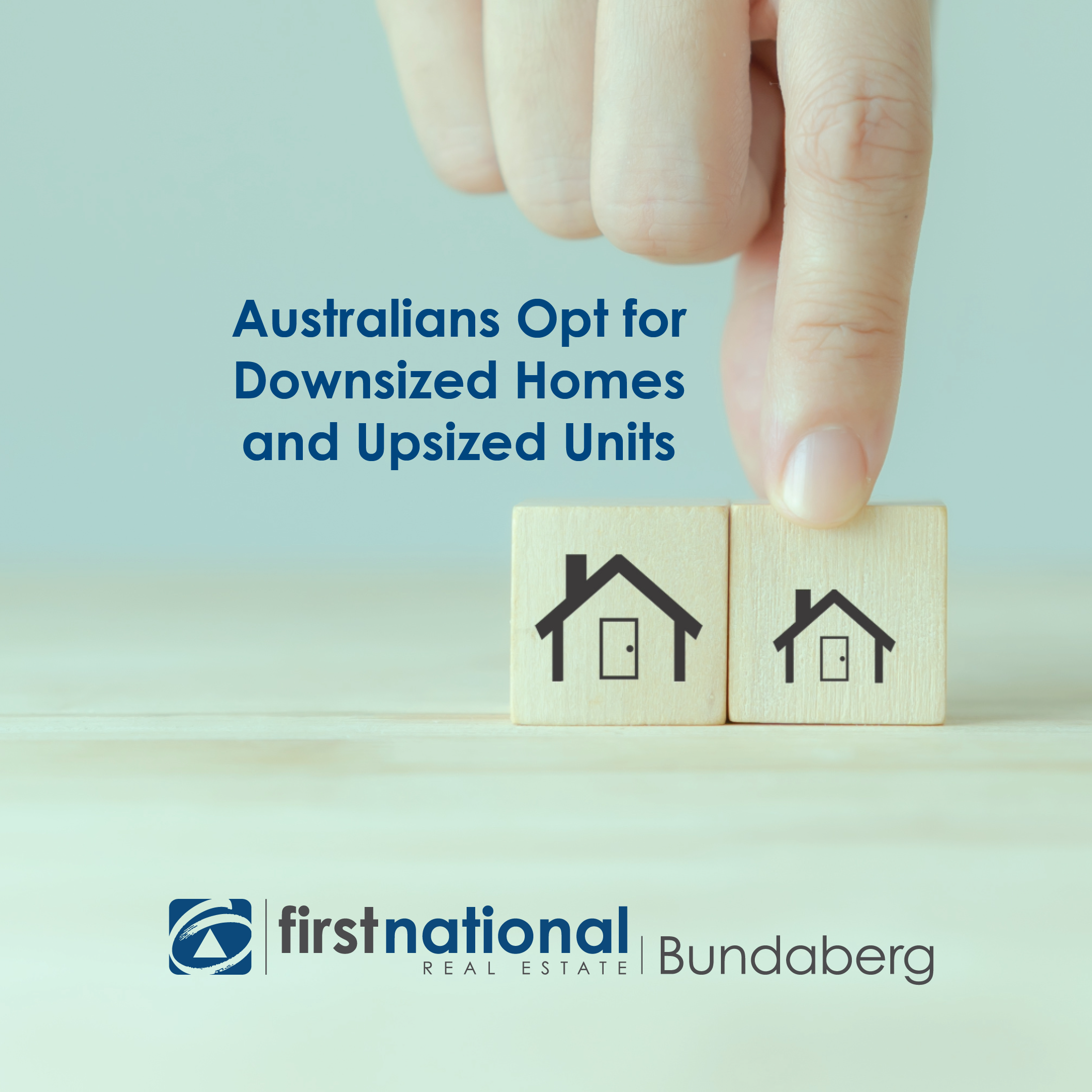
In March, the majority of houses listed on realestate.com.au boasted four or more bedrooms, comprising 55% of all listings. Interestingly, among potential buyers, residences with three bedrooms, and even two, were more frequently sought after compared to those with four or more.
* For 1-bedroom houses: Demand is at 2% and Supply is at 1%.
* For 2-bedroom houses: Demand is at 25% and Supply is at 7%.
* For 3-bedroom houses: Demand is at 52% and Supply is at 38%.
* For 4+ bedroom houses: Demand is at 21% and Supply is at 55%.
There is a greater demand for houses with more bedrooms (3 bedrooms being the most sought after), but a greater supply for larger houses (4+ bedrooms). There is a relative shortage of 2-bedroom and 3-bedroom houses based on demand, and an oversupply of 4+ bedroom houses.
Similar patterns were observed in rental searches, where residences with three and two bedrooms garnered the highest demand.
* For 1-bedroom houses: Demand is at 6% and Supply is at 2%.
* For 2-bedroom houses: Demand is at 28% and Supply is at 12%.
* For 3-bedroom houses: Demand is at 42% and Supply is at 44%.
* For 4+ bedroom houses: Demand is at 24% and Supply is at 41%.
There is a greater demand than supply for 1-bedroom and 2-bedroom houses for rent. In contrast, the supply of 3-bedroom and 4+ bedroom houses meets or exceeds demand, with a slight surplus in supply for 4+ bedroom houses.
While the house market has witnessed a decline in the desired number of bedrooms, the unit market presents a contrasting trend.
Especially in the post-COVID era, there has been a noticeable surge in the demand for larger units. Although two-bedroom units maintain their popularity among both buyers and renters, there has been a gradual uptick in the demand for three-bedroom units.
Affordability emerges as a pivotal factor in this trend. As fewer young couples can afford standalone houses, many are opting to raise families in units and townhouses. Moreover, the increasing prevalence of remote and hybrid work arrangements has amplified the need for an additional bedroom to serve as a home office.
Consequently, a significant disjunction exists between the demand for three-bedroom units and the available supply, particularly in the purchasing market.
* For 1-bedroom units: Demand is at 7% and Supply is at 19%.
* For 2-bedroom units: Demand is at 49% and Supply is at 50%.
* For 3-bedroom units: Demand is at 40% and Supply is at 25%.
* For 4+ bedroom units: Demand is at 4% and Supply is at 6%.
There is a surplus of 1-bedroom units, a balance in the supply and demand for 2-bedroom units, a deficit in supply for 3-bedroom units compared to the demand, and a slight surplus in supply of 4+ bedroom units.
The source of the data is realestate.com.au, March 2024
Over recent decades, the traditional Australian household has undergone significant transformation, leading to evolving expectations regarding our living spaces. However, as numerous homes have aged, a noticeable disparity has emerged between the demands of prospective buyers or renters and the available property options.
A notable shift has occurred in the average occupancy per dwelling, reflecting a gradual decrease in household size over time.
In 1920, the Australian Bureau of Statistics (ABS) recorded an average of 4.6 individuals per household. This figure decreased to 3.6 by 1961 and further dwindled to an estimated 2.5 by 2023.
Australia's demographic landscape has been shaped by declining fertility rates and increased life expectancy, leading to a rise in single-person households. Between the 1981 and 2021 censuses, the proportion of single-person households surged from 18% to 26%.
Concurrently, there has been a decline in the prevalence of family households, dropping from 78% to 70.5% over the same period. Within the family household category, the proportion of couples living without children rose from 29% to 39%.
This demographic shift has influenced the preferences of property seekers, directing demand away from larger homes towards those with fewer bedrooms.
Implications for Pricing and Development:
Recognising the disparity between housing demand and current supply holds significant implications for forthcoming development strategies and pricing considerations.
Regarding houses, the surplus availability of residences boasting four or more bedrooms suggests a diminished price premium associated with such additional space.
Furthermore, this scenario may underscore the rationale for increasing the construction of two-bedroom houses, which presently face relative scarcity in the market.
The allure of spaciousness and privacy often makes houses a preferred choice over units among many individuals.
With single-person households now comprising over one in four and the percentage of childfree couples on the rise, there's a reasonable expectation for increased demand for smaller houses.
In the realm of units, a burgeoning premium is anticipated for properties featuring a third bedroom, especially in high-demand markets like Sydney and Melbourne, where supply struggles to keep pace with demand.
Once more, this underscores the imperative to augment the construction of larger units to align with the evolving preferences of Australians.

